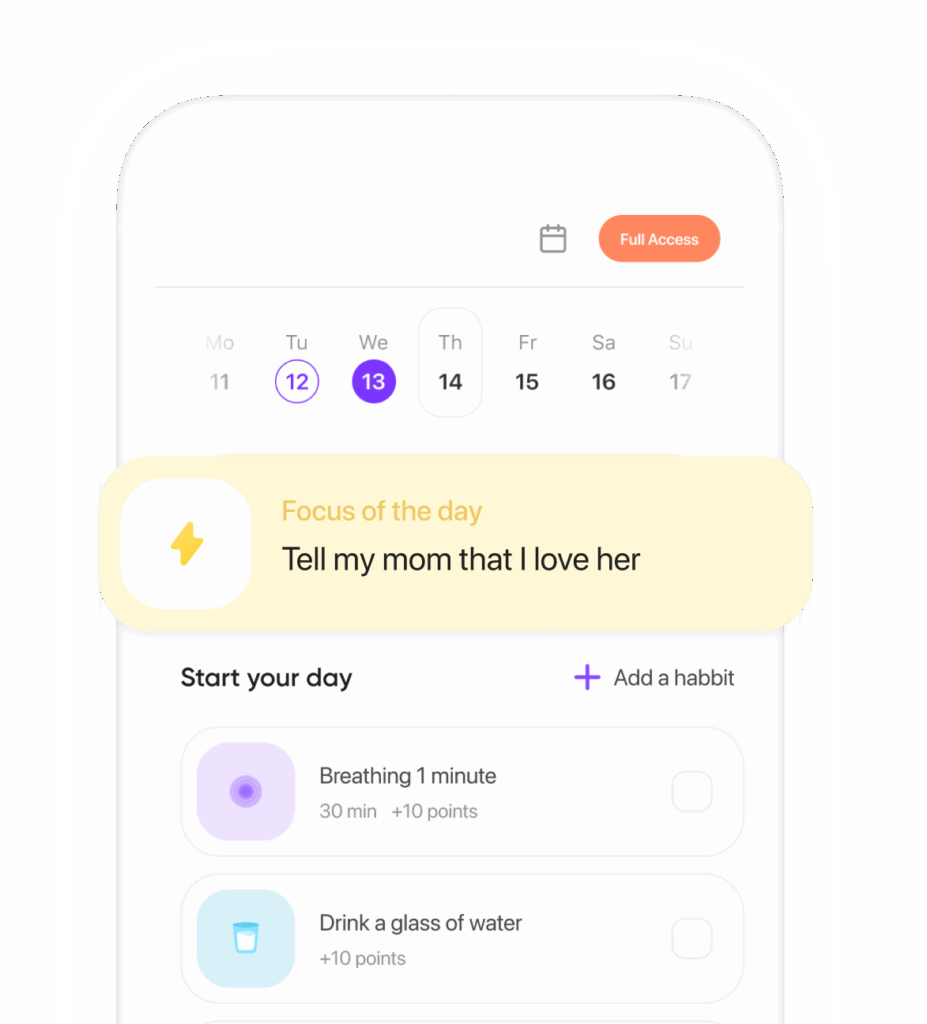Table of Contents
- What is ADHD Burnout?
- The Science Behind ADHD Burnout
- Recognizing the Signs of ADHD Burnout
- Chronic Fatigue
- Increased Irritability
- Emotional Overwhelm
- Decreased Performance
- Loss of Interest
- Physical Symptoms
- Managing ADHD Burnout
- Prioritize Self-Care
- Seek Professional Support
- Set Realistic Goals
- Establish Boundaries
- Utilize Time Management Tools
- Connect with Supportive Communities
- Conclusion
- References
What is ADHD Burnout?
ADHD burnout isn’t merely feeling worn out; it’s an exhaustive depletion of your physical, mental, and emotional resources. The roots? The ongoing tug-of-war to stay focused, hit deadlines, and curb impulses. Though burnout is a universal plight across pressured environments, ADHD burnout has its own quirks—springing as it does from the intricate, enduring hurdles of living with ADHD.
The Science Behind ADHD Burnout
ADHD touches the brain’s executive functions, those handy managers of thoughts, actions, emotions. Barkley, back in 2014, put it succinctly: this constant self-regulation effort drains your mental reserves over time, spiraling into burnout. Take that 2018 study in the Journal of Attention Disorders—it highlighted how folks with ADHD are more susceptible to burnout, thanks to the extra cognitive load their daily grind requires (Sibley et al.).
Recognizing the Signs of ADHD Burnout
Spotting ADHD burnout signs early? Crucial. It’s all about dodging its harsher consequences. Here’s what to watch for:
Chronic Fatigue
A key symptom: chronic fatigue. This isn’t just a need for more shut-eye. With ADHD burnout, relentless mental and emotional efforts pile up, leaving you perpetually tired.
Increased Irritability
Burnout can crank up irritability, triggering mood swings. When hard work doesn’t cut it at meeting personal or professional marks, frustration blossoms (Barkley, 2014).
Emotional Overwhelm
Feeling crushed by emotions? That’s common. Many with ADHD burnout report struggling to handle more stress, and this can spike anxiety or feed depression (Asherson et al., 2016).
Decreased Performance
Here’s the twist: in striving harder, those experiencing ADHD burnout could see their performance sink. Once-manageable tasks now seem daunting, a cycle of less productivity and more stress ensues.
Loss of Interest
ADHD burnout can dull interest in once-loved activities, eroding satisfaction and purpose (Sibley et al., 2018). An opinion? It’s arguably one of the hardest hits to take.
Physical Symptoms
Do headaches or stomachaches sound familiar? They might, if burnout’s in play. Prolonged stress and mental fatigue often manifest physically, wearing down the immune system.

Managing ADHD Burnout
Tackling ADHD burnout requires a mixed bag: lifestyle tweaks, holistic strategies, professional backup. Some go-to approaches:
Prioritize Self-Care
Self-care isn’t a luxury but a necessity. A regular routine with exercise, balanced meals, and rest can recharge mental and physical stamina. Mindfulness? Yes, it works—meditation or yoga can do wonders (Zylowska et al., 2008).
Seek Professional Support
Therapists or counselors versed in ADHD have a lot to offer. Cognitive Behavioral Therapy (CBT) stands out in helping manage ADHD-induced stress, forming healthier coping mechanisms (Ramsay & Rostain, 2015).
Set Realistic Goals
Realistic goals fend off feelings of failure. Breaking tasks into small steps and celebrating successes can up motivation and ease stress.
Establish Boundaries
Saying no? An essential skill. Setting boundaries shields your time and energy, critical for juggling ADHD symptoms effectively.
Utilize Time Management Tools
Tools like planners, reminder apps—especially those designed for ADHD—help streamline time management, lightening the mental organizing load.
Connect with Supportive Communities
Support groups, communities, online forums—they offer a comforting sense of belonging. Sharing strategies with others who understand ADHD is not just empowering; it’s essential.
Conclusion
Make no mistake, ADHD burnout is complex. It demands your attention, proactive handling. By recognizing signs early, adopting strategies, those with ADHD can dial down burnout’s effects, improving life’s overall quality. Need advice? Prioritize self-care and reach out—support is never too far.
Experiencing symptoms of ADHD burnout? Don’t hesitate to seek support. Professional insights and community backing can stir significant change. Your mental health deserves the utmost attention, so take that first recovery step today.
References
- Barkley, R. A. (2014). Attention-Deficit Hyperactivity Disorder: A Handbook for Diagnosis and Treatment. Guilford Publications.
- Sibley, M. H., et al. (2018). “The Impact of ADHD on Academic and Occupational Outcomes: An 8-Year Longitudinal Study of Young Adults with Childhood ADHD.” Journal of Attention Disorders.
- Asherson, P. et al. (2016). “Support for ADHD as a Diminished Condition in Adulthood: Data from the World Health Organization’s World Mental Health Survey Initiative.” The Journal of Clinical Psychiatry.
- Ramsay, J. R., & Rostain, A. L. (2015). Cognitive Behavioral Therapy for Adult ADHD: An Integrative Psychosocial and Medical Approach. Routledge.
- Zylowska, L., et al. (2008). “Mindfulness Meditation Training in Adults and Adolescents with ADHD: A Feasibility Study.” Journal of Attention Disorders.
Ready to transform your life? Install now ↴
Join 1.5M+ people using AI-powered app for better mental health, habits, and happiness. 90% of users report positive changes in 2 weeks.
